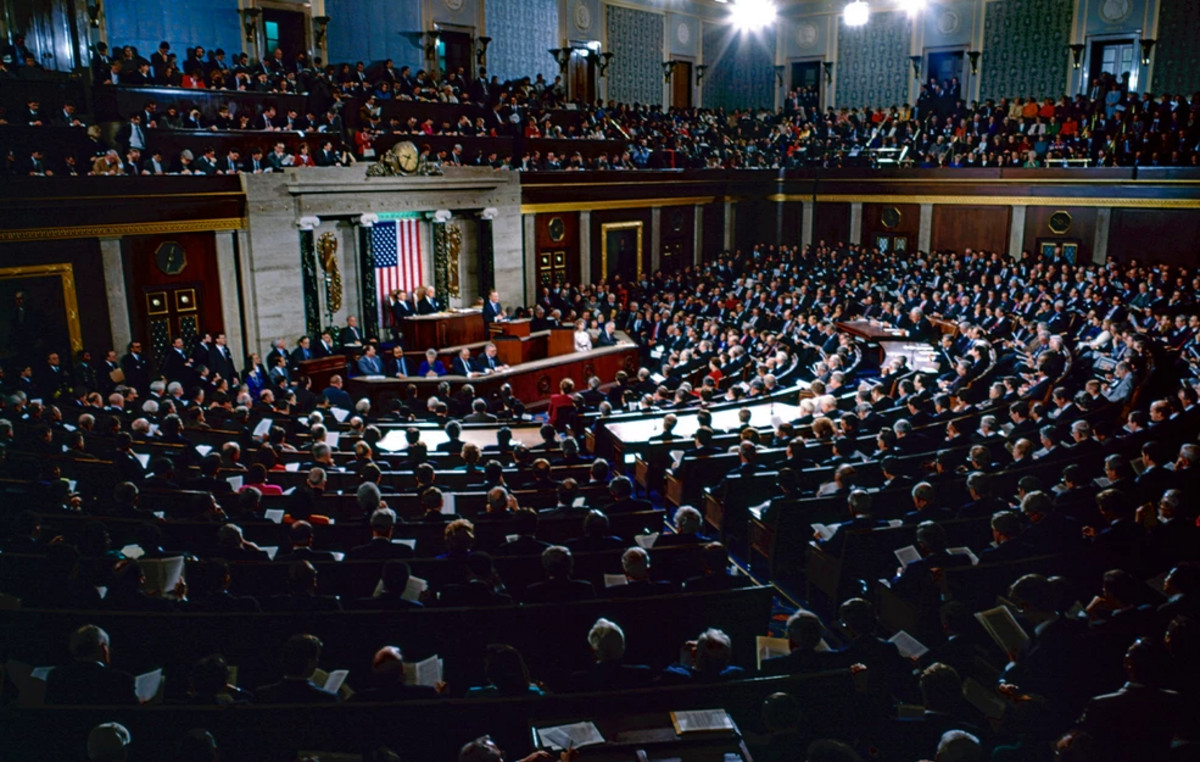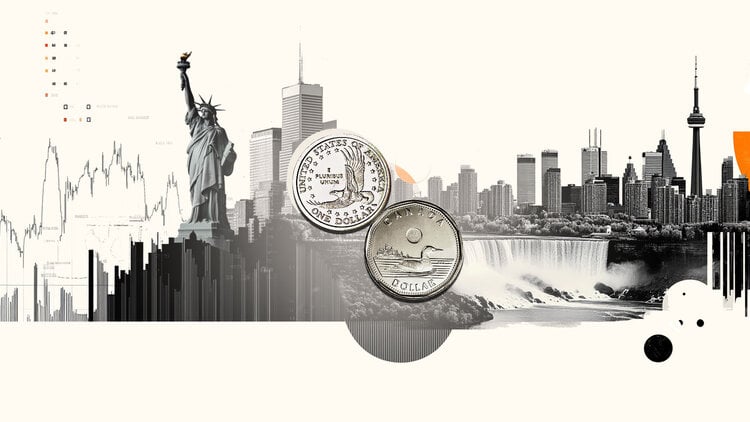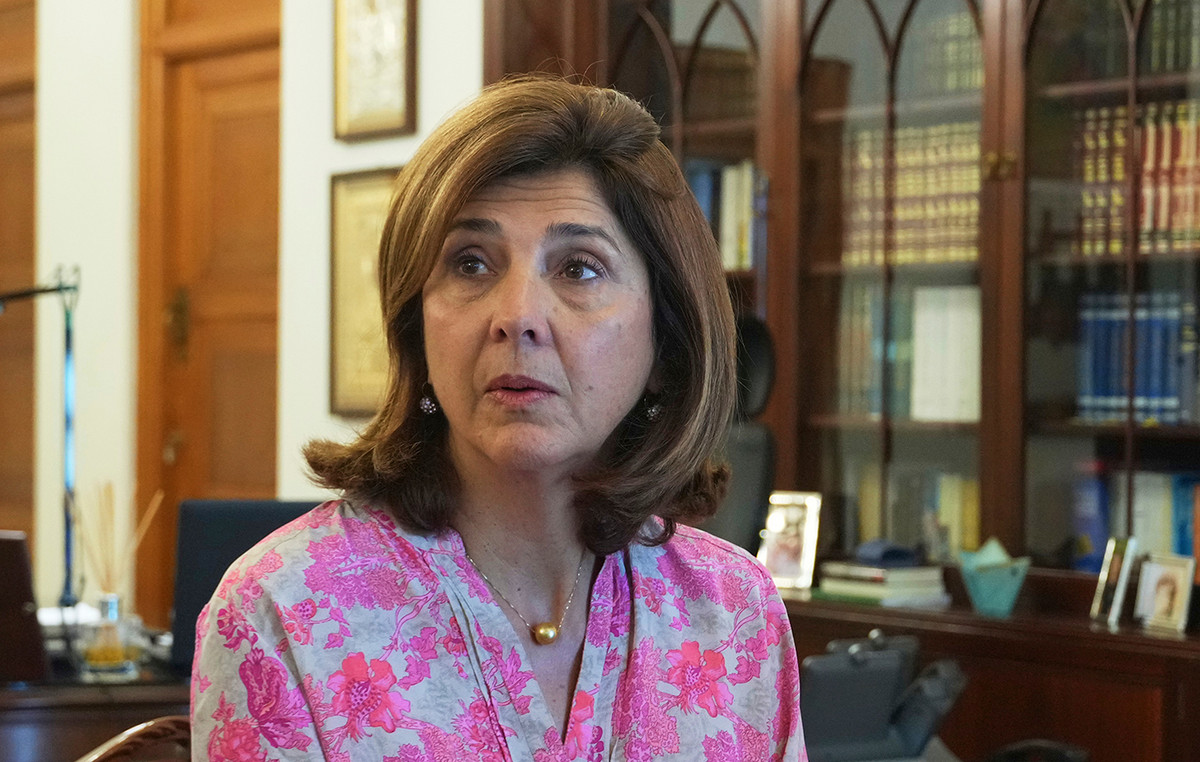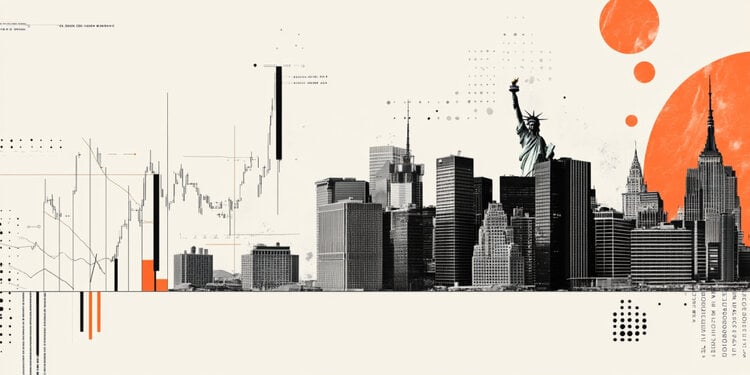While most blue-chip companies posted losses last year, the oil majors were having a good time. Oil prices have risen, thanks in part to high demand and reduced supply. All of this helped make Chevron the best performing Dow stock last year, with shares rising more than 50%.
Needless to say, it’s not like Chevron, or anyone else in the industry, did anything special to reap its windfall profits last year. There was no major innovation or breakthrough – they just got rich with the skyrocketing price of oil.
Now, when you’re a profitable company, you have a lot of options on what to do with those profits. You can reinvest in the business by upgrading your equipment or hiring more people. You can issue a dividend to shareholders as a gift. Or, in the US, you can do a buyback, where you use the proceeds to buy your own shares on the open market.
Buybacks are increasingly common and controversial. In fact, they were completely illegal until 1982.
On the one hand, it’s an easy way for a company to reward shareholders and signal confidence in its own value (after all, what idiot would buy stock in a company whose stock is about to go down?). But critics say the practice artificially inflates the stock’s value by creating false demand. Conveniently, it also boosts executive compensation, the vast majority of which comes from stock options.
Chevron, which is expected to report on Friday that profits for 2022 have doubled to more than $37 billion, is essentially turning down calls from investors and the White House to funnel its extra cash into more drilling capacity to help to lower prices for customers weary of inflation.
Instead, Chevron is buying $75 billion worth of its own stock and increasing its quarterly dividend to shareholders. This decision generated rebuke from the Biden government.
“For a company that claimed not long ago that it was ‘working hard’ to increase oil production, handing out $75 billion to executives and wealthy shareholders is an odd way to show it,” said the White House spokesman. , Abdullah Hasan.
Chevron’s buyback package is so large, according to Bloomberg, that it could fund more than four years of drilling and other projects.
Company representatives did not immediately respond to requests for comment.
Chevron and other US oil producers, including Exxon Mobil, are putting some money into new energy projects this year. But, according to Reuters, these expenses will be reduced by the amounts paid to shareholders.
Meanwhile, US gasoline prices are rising by the day and are on track to once again surpass $4 a gallon (or approximately 3.8 liters) soon.
This is what a public relations consultant might call bad optics.
At least Chevron executives are not alone in making such bold decisions.
Railroads are also saying “screw the optics” and funneling profits back to shareholders. Earlier this week, Union Pacific, a major freight railroad that has battled union demands for paid days off, reported another year of record earnings.
As reported by CNN in another report, Company employee wages and benefits increased 12% for the year to $4.6 billion. That was far less than the $6.3 billion Union Pacific spent on the share buyback.
Source: CNN Brasil
I am an experienced journalist, writer, and editor with a passion for finance and business news. I have been working in the journalism field for over 6 years, covering a variety of topics from finance to technology. As an author at World Stock Market, I specialize in finance business-related topics.







